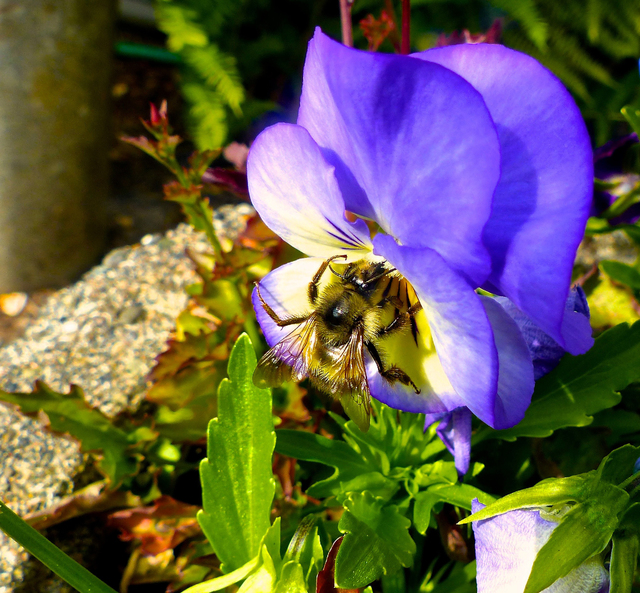Even a little effort — a potted plant, say, on an apartment balcony — can mean a lot when trying to help restore declining pollinator populations such as bees, bats and butterflies.
“Every contribution is worthwhile,” said Victoria Wojcik, research director for the Pollinator Partnership in Toronto, Ontario, Canada. “You’re making a better environment for pollinators, no matter how small.”
Butterflies and other pollinators don’t need large areas for foraging but they do need a flower, she said.
“A planter on a balcony, even on the 30th floor — they will find it and visit it,” she said. “If people do this all over the city, it will definitely help.”
Pollination is needed by at least 80 percent of the world’s crop species. Wind does the job for numerous plants, notably grasses, while many others are served by a variety of animal pollinators.
Both sides benefit. Wildlife feed on the pollen and flower syrup while helping their plant partners reproduce.
But changing land use, viruses and pesticides are being blamed for massive pollinator losses — especially among the 4,000 native bee species in the United States and the thousands of managed stocks of non-native honeybees.
Enter pollinator planting.
“Native plants attract native pollinator species,” said Kari Houle, an extension educator with the University of Illinois. “Know which are suitable for your growing zone. Find a beneficial fit.”
She suggests a number of pollinator-friendly annuals for container use: alyssum, cleome, flax, lantana, snapdragon and zinnia, among them.
Select different flower sizes and shapes to match pollinator-feeding habits.
“Butterflies like places to sit,” Wojcik said. “… Fragrant, sweet-smelling flowers attract night-flying creatures like bats and moths.”
Certain flower colors also are pollinator magnets.
Bees seem to like bright whites and yellows, while butterflies appear drawn to reds and purples.
You can contact Dean Fosdick at deanfosdicknetscape.net






